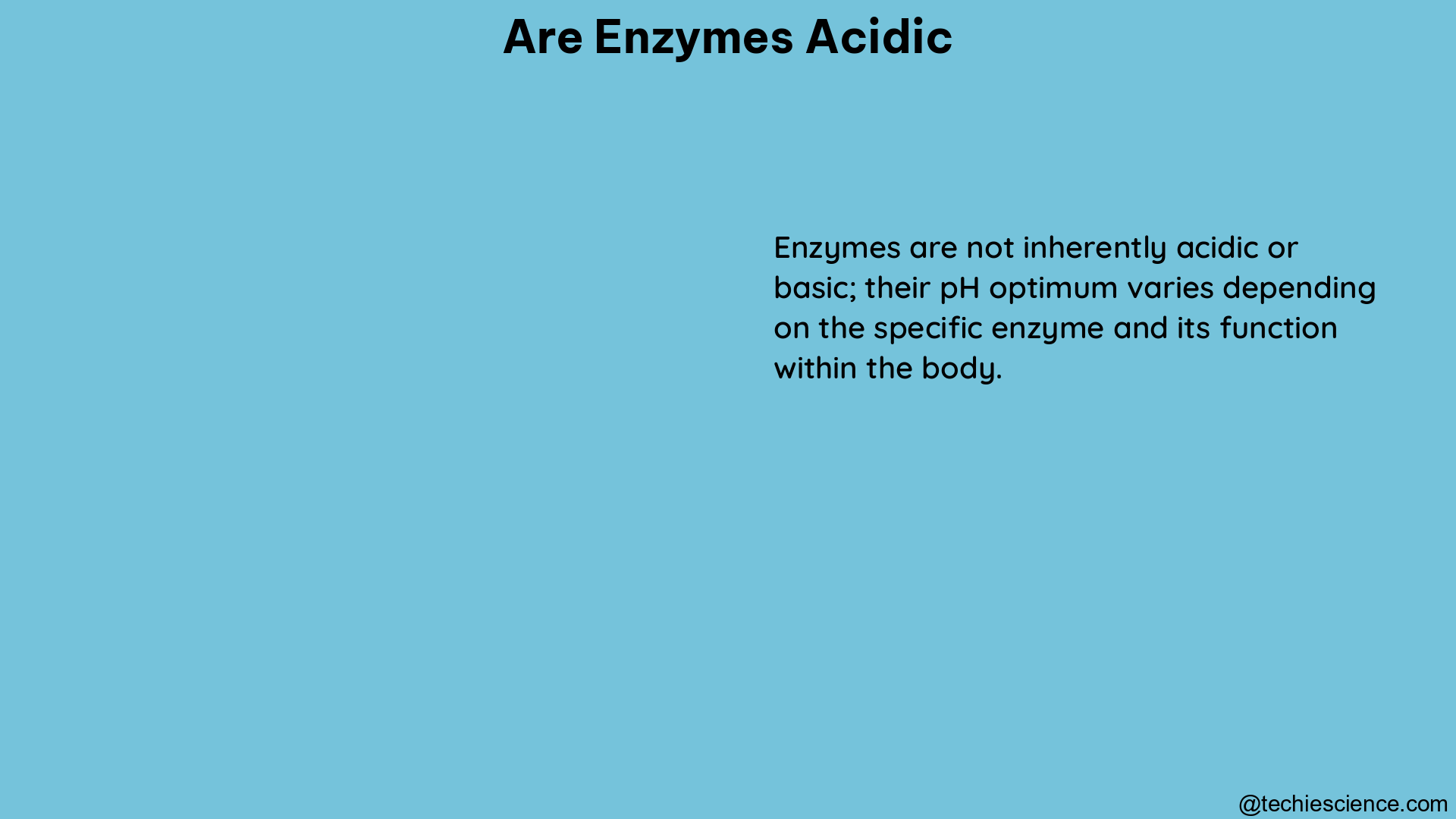Enzymes are essential biological catalysts that play a crucial role in accelerating chemical reactions within living organisms without being altered themselves. These remarkable molecules are typically named after the substrates they interact with, often ending with the suffix “-ase.” Enzymes possess an active site, a specific region on their surface that binds to the substrate, allowing for a highly efficient and selective reaction.
Understanding Enzyme Structure and Function
Enzymes are complex macromolecules composed of amino acids, folded into a unique three-dimensional structure. This structure is essential for the enzyme’s function, as it provides the active site with the necessary shape and chemical properties to bind and interact with the substrate. The active site and the substrate complement each other, both in terms of shape and chemical characteristics, ensuring that only a specific substrate can bind to a particular enzyme’s active site.
The Impact of Environmental Factors on Enzyme Activity

The activity of an enzyme is influenced by various environmental factors, including temperature, pH, and substrate concentration. Altering these factors can significantly affect the rate of the enzyme-catalyzed reaction.
pH and Enzyme Activity
Enzymes have an optimum pH range at which they function most efficiently. At lower pH values, there is a higher concentration of hydrogen ions (H+) and a lower concentration of hydroxide ions (OH-), which can impact enzyme activity. Changes in pH can alter the charge on the enzyme and its substrates, affecting the binding of the substrate to the active site and, consequently, the rate of the reaction.
Temperature and Enzyme Activity
Temperature also plays a crucial role in enzyme activity. Low temperatures result in insufficient thermal energy for the activation of an enzyme-catalyzed reaction to proceed. Increasing the temperature will enhance the speed and motion of both the enzyme and the substrate, leading to higher enzyme activity. However, extremely high temperatures can cause enzyme denaturation, where the thermal energy disrupts the enzyme’s hydrogen bonds, causing the enzyme (particularly the active site) to lose its shape and resulting in the loss of activity.
Substrate Concentration and Enzyme Activity
Increasing the substrate concentration typically increases the rate of the enzyme-catalyzed reaction, as more substrate molecules will be colliding with the enzyme molecules, resulting in more product formation. However, there is a limit to how much the substrate concentration can be increased, as high substrate concentrations may lead to substrate inhibition, where the substrate binds to the enzyme at a site other than the active site, preventing the enzyme from functioning optimally.
Enzyme Adaptations to Environmental Conditions
In nature, organisms often adapt the conditions of their enzymes to produce an optimum rate of reaction. This can be achieved by adjusting the pH, temperature, or substrate concentration to match the specific needs of the organism. Additionally, some enzymes are adapted to function well in extreme environmental conditions, such as high temperatures or extreme pH levels, where the organism lives.
Conclusion
Enzymes are not inherently acidic or basic; their pH optimum can vary depending on the specific enzyme and the environment in which it functions. The activity of enzymes is highly dependent on environmental factors, such as pH, temperature, and substrate concentration. Understanding these factors and how they influence enzyme function is crucial for various applications, from biochemistry and biotechnology to medicine and environmental sciences.
References:
– Enzymes II Flashcards – Quizlet
– Topic 2.5: Enzymes – amazing world of science with mr. green
– Guide to Enzyme Unit Definitions and Assay Design | Biomol Blog
– Enzyme Assay – an overview | ScienceDirect Topics
– Methods of Measuring Enzyme Activity Ex vivo and In vivo – PMC
– Enzyme Kinetics and Mechanisms: An Introduction by David L. Nelson and Michael M. Cox
– Fundamentals of Enzymology: Understanding the Unique Nature of Biological Catalysts by H.A.O. Hill
– Principles of Enzymology for the Biomedical Sciences by R.B. Clayton and J.K. Grant
– Essential Enzymology: Fundamentals of Enzyme Kinetics, Mechanisms, and Regulation by R.B. Clayton and J.K. Grant
– Enzyme Assays: A Practical Approach by J.M. Walker and P.J. Artymiuk
I am Ankita Chattopadhyay from Kharagpur. I have completed my B. Tech in Biotechnology from Amity University Kolkata. I am a Subject Matter Expert in Biotechnology. I have been keen in writing articles and also interested in Literature with having my writing published in a Biotech website and a book respectively. Along with these, I am also a Hodophile, a Cinephile and a foodie.